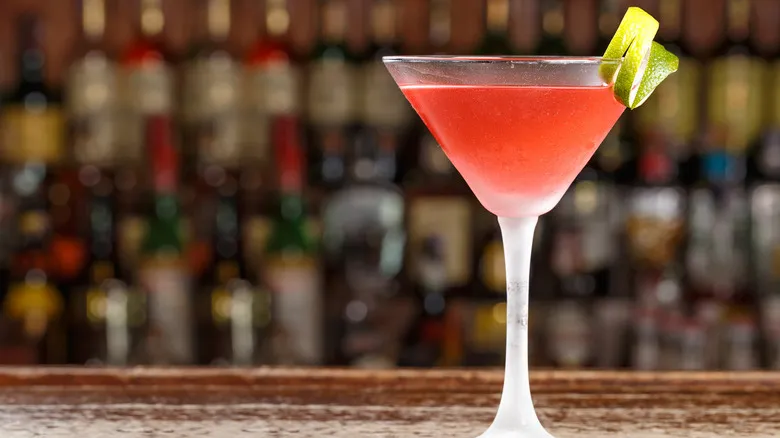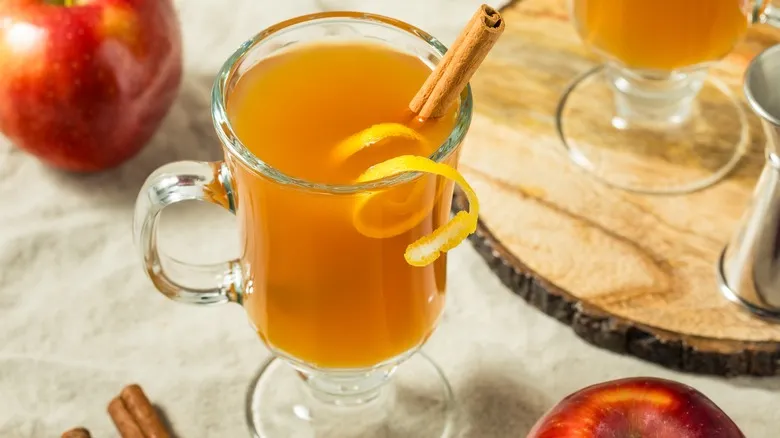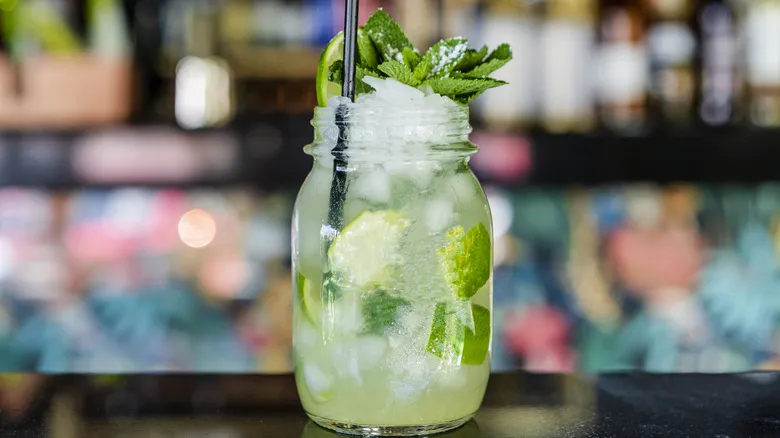The history of mojitos

The roots of this legendary cocktail can be found in Cuban history, emerging from a rich tapestry of colonization and the resilience of indigenous peoples. Originally, the drink was a medicinal blend crafted by plantation laborers and enslaved Africans as a remedy for the harsh realities they faced. The term "mojito" is thought to stem from the word "mojo," which denotes a Cuban citrus sauce, or possibly from "mojado," meaning wet in Spanish. Contrary to popular British accounts that attribute the drink's creation to Francis Drake, the mojito is widely regarded as a local invention utilizing native ingredients such as aguardiente (a distilled spirit that predates rum), mint, lime, and sugar cane.
The cocktail rose to international fame during the Prohibition era, when Americans traveled to Havana to enjoy alcoholic beverages beyond the reach of U.S. law. In the contemporary craft cocktail scene, a mojito represents more than just a refreshing drink; it embodies indigenous traditions, colonial legacies, and the vibrant mixology culture that has transformed this cocktail into a beloved choice enjoyed worldwide—regardless of the specific type of mint used in your mojito.
Recommended

How To Achieve The Perfect Pink Color In Your Next Cosmo

Why Soju Isn't A Worthy Swap For Sake In Recipes

Elevate Spiked Cider With A Simple Toasty Trick

The Best Spices To Used For Spiced Rum
Next up

